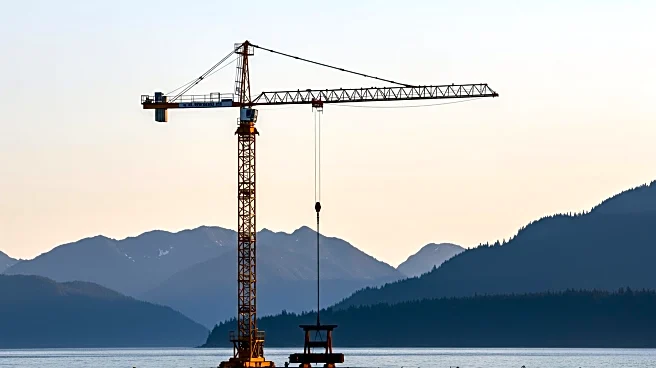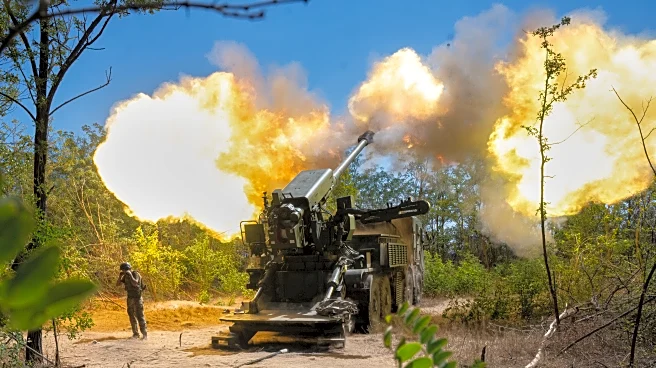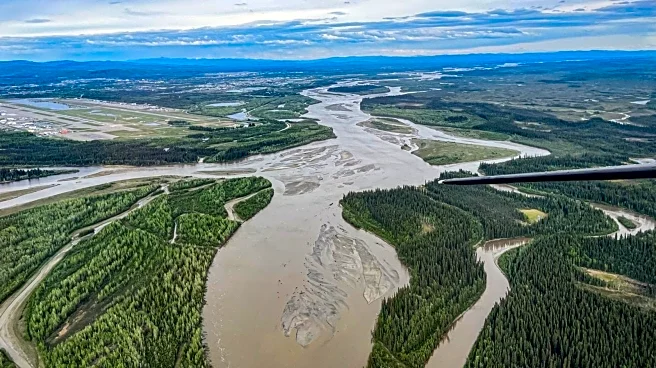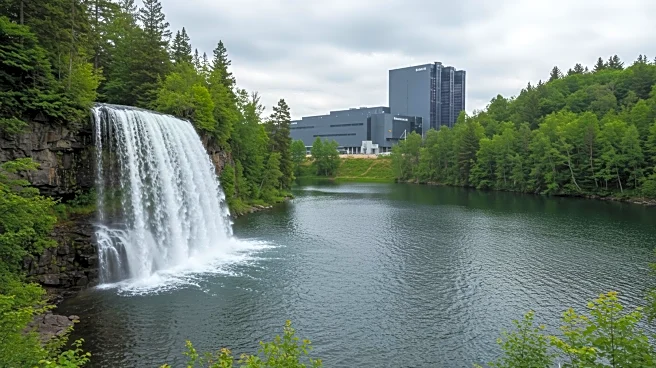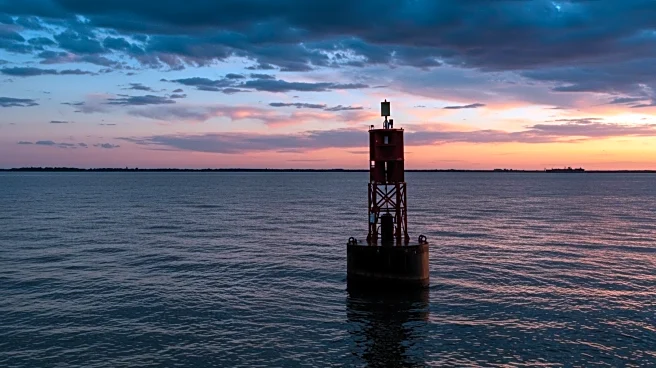What's Happening?
Kiewit Infrastructure West Co., based in Vancouver, Washington, has been awarded a $399.4 million contract by the U.S. Army Corps of Engineers – Alaska District to undertake the first phase of the Port of Nome modification project. This initiative aims to deepen and expand the harbor in Nome, Alaska, to accommodate larger vessels. The project is sponsored by the City of Nome and funded by the 2021 Infrastructure Investment and Jobs Act. The existing harbor, built in 1917, requires annual dredging due to its shallow nature, which limits ship transportation. The expansion will support research, public safety, and the U.S. military presence above the Arctic Circle.
Why It's Important?
The Port of Nome expansion is crucial for improving transportation efficiency in the region, which lacks access to major road systems. By accommodating larger vessels, the project will enhance maritime access, benefiting local communities and bolstering the U.S. military's strategic capabilities in the Arctic. The initiative aligns with broader infrastructure goals set by the Infrastructure Investment and Jobs Act, aiming to strengthen economic and logistical frameworks in remote areas. This development is expected to have significant implications for regional trade and security, potentially attracting more investment and fostering economic growth.
What's Next?
Following the completion of Phase 1A, which includes constructing a 1,200-foot causeway extension with about 600 feet of dock face, the project will proceed to Phase 2. This phase involves dredging the deep and outer basins to a depth of minus 40 feet, further enhancing the port's capacity. Stakeholders, including the City of Nome and the U.S. Army Corps of Engineers, will continue to oversee the project's progress, ensuring it meets strategic and operational objectives. The expansion is expected to facilitate increased maritime traffic and support long-term regional development.
Beyond the Headlines
The Port of Nome project highlights the strategic importance of Arctic infrastructure in the context of global geopolitical dynamics. As climate change opens new shipping routes, the U.S. is positioning itself to capitalize on these opportunities while ensuring national security. The expansion also underscores the need for sustainable development practices in sensitive environments, balancing economic growth with ecological preservation.
